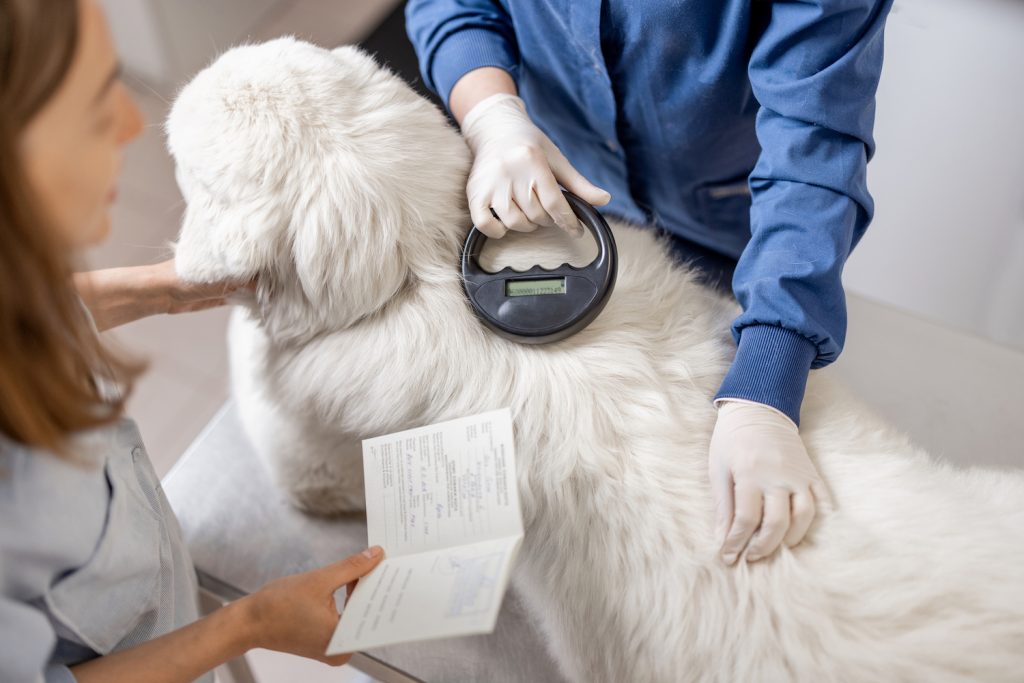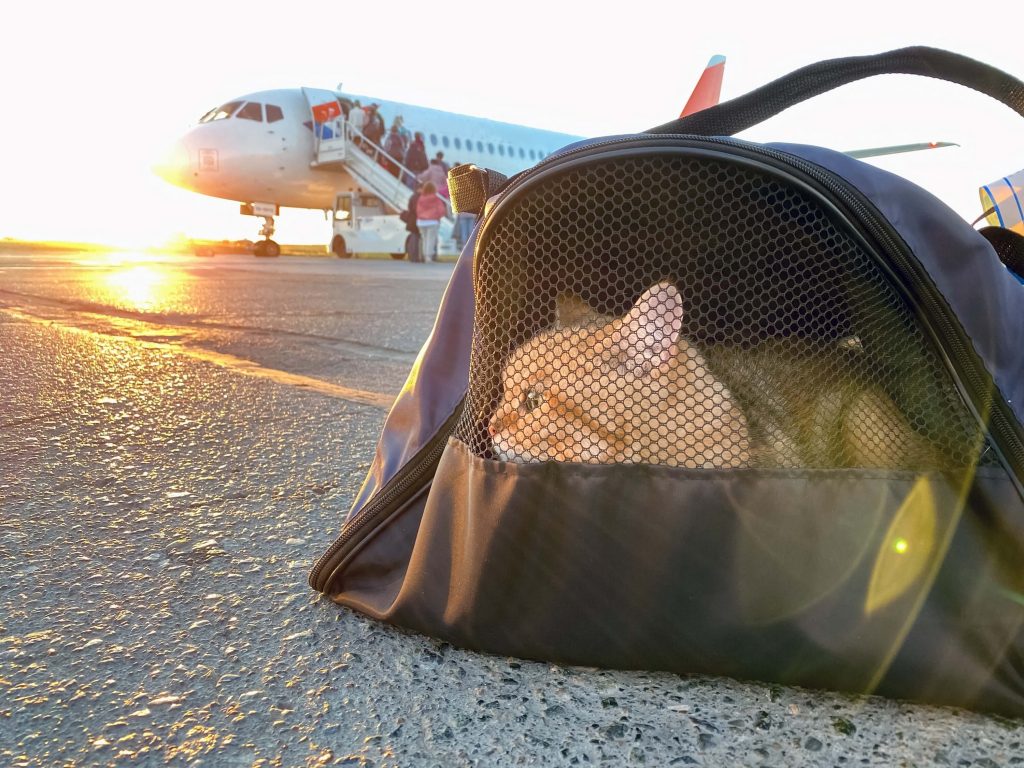How to Avoid Pet Quarantine in Australia
Do you have an upcoming move to sunny Australia in the works? Chances are, if you are planning on bringing your pet, you have heard about the quarantine period when entering Australia with a dog or a cat.
Naturally, as pet owners, we are often protective of our pets entering quarantine facilities and want to avoid their discomfort wherever possible. Due to strict biosecurity measures in Australia, your pet will not be able to avoid pet quarantine altogether; however, there is a lot you can do to decrease the minimum quarantine period. Our International Pet Shipping Services make it easier than ever for pet owners to include their furry friends in extended vacations abroad and overseas moves alike. Stay tuned to learn our tips and tricks for minimizing your post-entry quarantine time for your pet and ensuring a peaceful experience when entering Australia.
What is the minimum quarantine period for a dog or cat entering Australia?
When traveling from the US to Australia, your pet will need to undergo a minimum of 10 to 30 days of quarantine at the Mickleham post-entry quarantine facility in Melbourne. They may be required to stay longer if there is a biosecurity risk with your pet. While your pet’s time at the post-entry quarantine facility can seem a little daunting, it is a safe and necessary part of your pet’s safe arrival into Australia.
Which pets can avoid post-entry quarantine?
Pets coming from New Zealand and the Australian territories of Norfolk Island and Cocos (Keeling) Islands are able to avoid the mandatory quarantine. All other pets arriving will need to complete the quarantine period to enter Australia.

Why is quarantine in Australia required?
- To protect Australia’s wildlife
- To keep rabies out of Australia
- To avoid pests and parasites
- To protect Australia’s livestock
- To ensure public health
What are the requirements for my pet to enter Australia?
For your pet to be approved into Australia and prior to arriving at a post-entry quarantine facility, your pet will need to meet the requirements of the Australian Department of Agriculture, Fisheries and Forestry. Those requirements include:
Your pet or pets will need to have a microchip
All pets coming into Australia must be microchipped with an ISO 11784/11785 compliant 15-digit pet microchip. This microchip should be implanted before any vaccinations or treatments are administered.
Vaccination
It is important to note that a rabies vaccine must have been obtained by all dogs and cats at least seven months prior to your arrival in Australia. The rabies vaccine is a critical requirement for all animals entering Australia. Ensuring that vaccinations are up to date and have been administered well in advance helps to protect against any potential infectious diseases and reduces the risk of extended quarantine.
Your pet must complete the Rabies Titer Test
Did you know that Australia is actually one of the very few rabies-free countries in the world? Naturally, Australia is quite strict at maintaining this status. This is why after the rabies vaccination, your pet needs to complete a rabies titer test to ensure that the vaccine has provided adequate protection against rabies. This test must be done at least three to four weeks post-vaccination and at least six months before entering Australia.
Your pet will need to obtain an import permit
You must obtain a pet import permit from the Department of Agriculture, Water and the Environment (DAWE). This permit involves submitting all of your pet’s relevant health certificates, titer test results, and treatment records. The application process can take several weeks, so it’s important to get started on this process early.
Your pet must undergo parasite treatment
Your pet must undergo treatment for both internal and external parasites. This requirement includes treatments for ticks, fleas, and worms. The treatments should be administered close to the date of departure and documented by your veterinarian.
Your pet must have a health certificate
It’s time to book in at your pet’s favorite place — the vet. A valid health certificate from a licensed veterinarian is required for entrance into Australia. This certificate must confirm that your pet is in good health and doesn’t have any infectious diseases. The health certificate should include details of all of your pet’s vaccinations, treatments, and any tests they have undergone.
Your pet must have an appropriate transport crate
We know that you want your pet to travel in style. However, your pet must travel in an approved transport crate that meets international airline standards. It’s best to check with a pet transport company like Pet Express to ensure your crate is appropriate. The basic rundown is your pet’s crate should be large enough for your pet to stand, turn around, and lie down comfortably. It must also be well-ventilated and secure to ensure the safety and comfort of your pets as they travel.

Tips for a smooth entry into Australia
Start Early
We recommend beginning the preparation process at least nine months before your planned arrival date to accommodate all tests, vaccinations, and required documentation.
Consult a Pet Relocation Specialist
Services like Pet Express specialize in international pet relocation and can be leaned upon to handle the complexities of the import process, ensuring you don’t accidentally miss any required documents.
Stay Informed
Regulations can and do change, so regularly check updates from the Australian Department of Agriculture, Fisheries and Forestry to stay up to date (or work with a trusted pet relocation specialist who can take care of this for you).
While avoiding pet quarantine in Australia isn’t an option when traveling from the US, by ensuring your pet meets all health and documentation requirements, obtaining the necessary import permits, and starting the process well in advance, you can help your pet bypass an unnecessary quarantine period and settle into your new Australian home smoothly. For expert assistance and the ultimate peace of mind, it’s wise to use a pet relocation service like Pet Express to handle the finer details and ensure a seamless transition for your furry friend.
Get in touch!
Are you moving your whole family to Australia, including your furry friends? Pet-Express can assist you. We specialize in shipping animals globally, and with well-established partnerships both domestically and globally, we know what we are doing when it comes to navigating the world of pet travel.
You’re in good hands with us when it comes to relocating your pet. While you are waiting for us to streamline your pet’s journey, you can focus on all the other arrangements you have for your trip — leave your pet’s itinerary to us.
Frequently Asked Questions
Unfortunately, not. You will not be able to visit during your pet’s quarantine period. However, you can rest assured that your pet is in good hands. The Mickleham post-entry quarantine location will prioritize your animal’s health and work through the quarantine rules in preparation for their release.
If your pet is coming from New Zealand and the Australian territories of Norfolk Island and Cocos (Keeling) Islands, you can skip pet quarantine. Unfortunately, for all other animals entering Australia, the minimum period at the post-entry quarantine facility is required.
